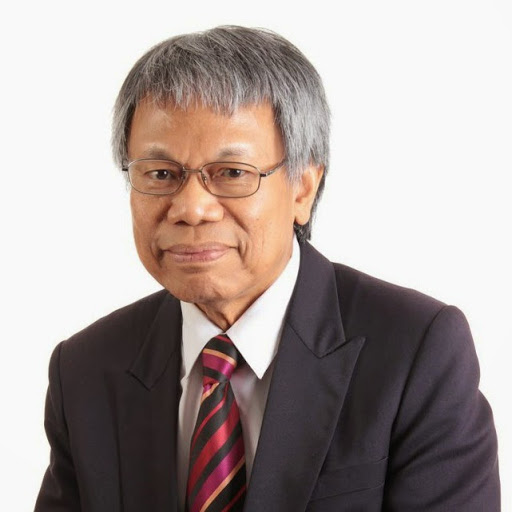EDITORIAL
Scientific study continues to shine as a beacon, guiding our way toward comprehension and advancement in a world teeming with very unique challenges and opportunities. This collection of studies offers a diverse view of our planet, from the fragile ecosystems of mangrove forests to the creative field of interior design. The secrets of these essential ecosystems are revealed as we explore further into mangrove forests, and we come to grasp their crucial importance in fighting against climate change. We also look into the areas of technological advancement, spirit of enterprise, and cross-cultural competence as we investigate the complex dynamics of interpersonal communication and leadership styles. These studies demonstrate how adaptable, inventive, and collaborative humans are, even in the midst of adversity.
In the first group of investigations, the delicate balance between mangrove forests that are naturally occurring and those that are artificially created is explored. The careful study at Kawit, Cavite, sheds light on the crucial function of natural mangrove forests in carbon sequestration. These results highlight how urgent conservation efforts are and guide us toward sustainable forest management techniques. Adopting cutting-edge ideas like carbon financial values and payment for ecosystem services offers concrete options for politicians and conservationists to protect our irreplaceable natural resources.
The Manila Bay Dolomite Beach project has surely raised awareness of the potential rehabilitation of our metropolitan waterfronts. The speedy improvement at Manila Bay Dolomite Beach is good news for the water quality, as it meets set norms. Still, doubts linger. Dolomite raises the quality of the water, but there are long-term effects on marine life and potential health issues that must be taken into consideration. It is crucial to strike a balance between short-term gains and environmental caution. Careful consideration and vigilant monitoring are essential to guarantee both environmental protection and human welfare while pursuing progress.
Simultaneously, the studies exploring leadership styles and cross-cultural competencies bring forth the human element in our pursuit of progress. Transformational leadership, as revealed in the third abstract, stands as a testament to the profound impact leaders can have on shaping innovative behavior and entrepreneurial intention. This insight emphasizes leaders’ responsibility to nurture skills and a culture of innovation within organizations.
As we turn our attention to the field of education, the fourth study looks into the difficulties parents and kids encounter when learning online, a relevant problem made worse by the COVID-19 pandemic. This study sheds light on parents’ worries about workload, technology, and mental health, offering insightful information that may be used to guide educational policies and practices and create a more conducive learning environment for pupils.
This study gives a novel viewpoint that challenges prevalent stereotypes of Muslim women who wear hijabs in a society where those attitudes vary widely. The study highlights the hijab’s complexity and shows it to be more than a fashion accessory or cultural symbol. It is clear from the responses given that the hijab represents empowerment, self-identity, and strength. In spite of preconceived notions, the study highlights the fortitude and self-assurance of veiled Muslim women, underlining their active participation in society. This study promotes a deeper understanding by going beyond the obvious, encouraging tolerance for personal preferences and highlighting the diversity and strength of the hijab-wearing community.
The complete meta-review and meta-analysis as a special contribution in this publication offer a broad perspective on the developing discipline of interior design. Interior designers are reshaping areas that are not only visually beautiful but also environmentally mindful and socially beneficial. This includes integrating cutting-edge technologies and addressing important issues like sustainability, safety, and therapeutic spaces. This study emphasizes how important interior design is in creating our homes of the future.
As a result, these studies serve as a helpful reminder of our world’s complicated web. We can better handle the difficulties of our time if we comprehend the complexity of nature, human behavior, and design principles. These conclusions are not merely intellectual exercises; instead, they serve as markers that point the way to a more innovative, sustainable, and peaceful future. Let us continue to be motivated to further our inquiry, comprehension, and care of the shared world as we take lessons from these researches.
Thank you very much.
Dr. Demetrio P. Salipsip, Jr.
Research Director/ Editor-In-Chief

